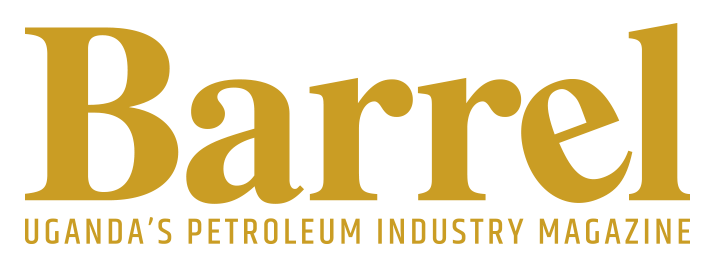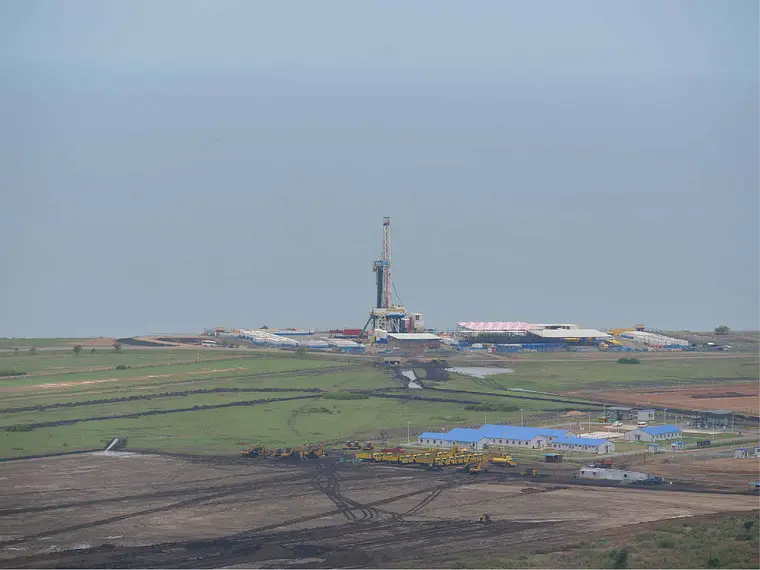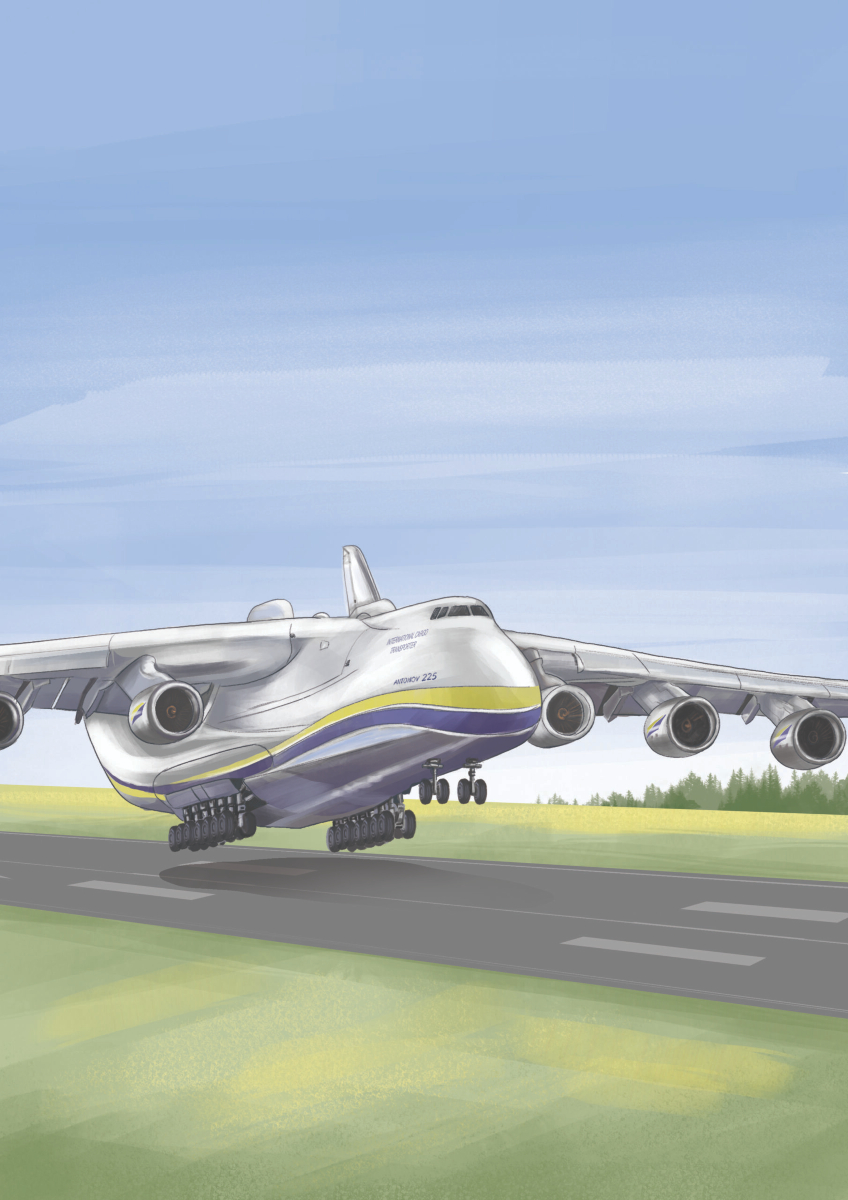Tilenga
The name Tilenga hails from local names given to the Ugandan Kob, Til in Acholi and Engabi in Lugungu. Since the discovery of commercial oil reserves in 2006, the Tilenga development area has gone through tremendous change with major infrastructure and technology upgrades. This article seeks to give our readers to an in-depth introduction to the main components of the Tilenga Project. We will discuss the oil wells, the Central Processing Facility (CPF) and the key supporting facilities.
The Tilenga project area traverses 111,000 hectares of the Albertine Graben in Buliisa and Nwoya districts across the Victoria Nile. It is being developed across six oil fields namely, Jobi-Rii, Ngiri, Gunya, Kasamene-Warindi, Nsoga and Kigogole. These are located within exploration Area 1A (EA-1A), contract Area 1 (CA-1) and licence Area 2(LA-2) North.
In May 2018, Technip, Fluor, and CB&I completed the Front-End Engineering Design (FEED) for Tilenga facilities including all support infrastructure. Consequently, in April 2019, NEMA approved the Environment Social Impact Assessment (ESIA) for Tilenga project and associated facilities. The ESIA was a comprehensive piece of work done over 4 years and during which 58,000 people were consulted. Over 100 studies have been done within the Tilenga project area to ensure the most sustainable development with the least social and environment impact possible. Some of the studies carried out include the following.
- Sub-surface studies
- Drilling and well engineering studies i.e., optimisation of well designs, well trajectories
- Geotechnical and geophysical surveys for Central Processing Facility (CPF), Nile crossing, well pads, flowlines and feeder-lines, Lake water abstraction area and enabling infrastructure
- Ground water investigations
- Annual integrity campaigns to check integrity of wellhead assemblies and production trees of exploration and appraisal wells.
The Oil wells
412 wells will be drilled on 34 well pads using the Directional Drilling technique. These will include 190 production wells, 190 injection wells and 32 reference wells. Three drilling rigs will be used to construct the wells, one situated north of Victoria Nile and the other two south of it. Each well will take approximately 11 days to be drilled and the three rigs will be used simultaneously. On the 23rd August 2022, ZPEB -Rig 1501 was officially handed over to Total Energies contractor ZPEB for transportation to Tilenga project Area after it passed the endurance rig test. Figure 1 below shows the projected material productions from the oil wells.

Drilling in the Murchison Falls Park
In the Murchison Falls Park Development Area (MFPDA), north of the Victoria Nile, the well pads will be limited to 10 (JBR-01-JBR-10). These will be located very close to the exploration wells earlier established to minimise project footprint to less than 1% of the park area. Figure 2 below shows location of the well pads in the Albertine graben.

The oil wells network will consist of over 160 kilometres of flowlines connecting the wells to the Central Processing Facility. All the pipelines will be buried about 0.5m-1m deep, heat traced and insulated PUV. The network of pipes will be laid together with fibre cable cables to help in monitoring, control, and leak detection during operation. An electric distribution channel will also be laid along the pipeline network for power distribution from the CPF to the well pads.
Victoria Nile Underpass JBR-01-JBR-10 will be connected to the CPF, south of the Victoria Nile using an under-pass pipeline, 15-20 metres below Victoria Nile. This underpass will be constructed using the Horizontal Directional Drilling (HDD) method, which is the best available technique worldwide for crossing permanent water bodies. The HDD drilling method will minimise project footprint above ground and avoids any interference with the integrity of Victoria Nile flow. The HDD method is illustrated in Figure 3

Drilling Mud
During drilling, a Synthetic Drilling Mud (SDM) will be used to cool and lubricate the drill bit and transport the drill cuttings back to the surface. The SDM was selected for its excellent performance, high biodegradability and low toxicity hence has low impact both on the environment and handling staff. The drill cuttings and all other waste will be collected and transported via purpose build trucks to a licenced waste treatment facility at Kasenyi outside the Murchison Fall Park.
The Central Processing Facility (CPF)
The Central Processing Facility (CPF) will be located in the Tilenga industrial park, 5km south of Victoria Nile. Here, the incoming production lines from the well pads will be gathered in pig receivers and manifolds, then piped through to the two separation (oil,gas & water) trains to maximise production. The Contents of each train will the go through a three-phase separation unit. The produced water will go through a water treatment unit and will then be transported back to the well pads into the injector wells via pipes.
The gas will go through treatment and compression units with peak production of 30MMscf/d. Some of the gas (C1, C2) will be used to run a gas turbine at the onsite power plant for electricity production, while the remaining gas will be sent to the LPG unit for LPG production expected to peak at 80kt/yr.
The on-spec crude oil will be sent to the storage tanks unit from where it will be transported via the Tilenga feeder-line to East African Crude Oil Pipeline (EACOP) and the Refinery in the Kabaale Industrial Park. The Tilenga feeder-line will be a 95-kilometer insulated 24-inch diameter pipeline installed with a heat tracing system to ensure continuous crude flow. The CPF will be capable of treating 190,000 barrels of crude oil per day (bocpd) and 700,000 bblpd total liquids (Water + oil).
Lake Albert water abstraction system
The peak volume of water abstracted from lake Albert will be 13 million m3 /year which is equivalent to 0.02 – 0.06% of the lake’s outflow therefore poses insignificant impact to its water levels. The lake water will be absracted from an intake structure fixed to the botom of the lake about 1.5 metres from the shore. The abstacted water will be piped to the water treatment plant where it will be mixed with produced water from CPF and then pumped to the well pads through the injector wells to the subsurface for safe disposal.
Victoria Nile Crossing
Victoria Nile crossing Ferry for staff and some equipment transfer between the north and south of the victoria Nile project area. It will be located 135m east of Paara ferry crossing and will be dedicated to service Tilenga project activities. The crossing will contain on shore facilities for cargo handling both North and South of the Victoria Nile.
Bujungu Airstrip Upgrade
Upgrade of the Bujungu Airstrip in order to handle more air traffic and larger aircrafts is underway.
Road Network Upgrade Old roads have been upgraded and new ones built to open up access to the oil wells and other planned facilities. These roads have also greatly increased mobillity and economic opportunities to the locals in the tilenga project area.
References
Petroleum Authority of Uganda. (2022, October 26). The Tilenga Project. Retrieved from pau.go.ug: https://www.pau.go.ug/the-tilenga-project/
TotalEnergies. (2018). Tilenga Project Environmental and Social
Barrel Magazine is a corporate magazine covering the Petroleum Industry in Uganda/East Africa with a global perspective. It is the first of its kind in Uganda, providing a quarterly in-depth update across the oil and gas industry value chain.
Kingdom Kampala, W13 6th Floor, Nile Avenue Kampala.
info@barrelmagazine.com
© 2024 Barrel Magazine - Uganda's Petroleum Industry Magazine.




